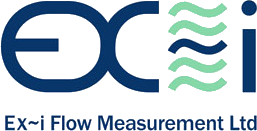The last century has seen the world’s demand for water grow twice as fast as the population. With fresh water becoming increasingly scarce, governments are looking to new desalination technologies to meet future needs.
Remote regions where the sun is the only available form of energy have the most to gain from the solar steam experiments being carried out by researchers at MIT (Massachusetts Institute of Technology) who have come up with a new material structure that generates steam by soaking up the sun’s rays. Consisting of graphite flakes on a carbon foam base layer, it floats like a sponge in a bathtub. When sunlight strikes the surface, a hotspot in the graphite pulls water up through the material’s pores, where it turns into steam.
Current desalination techniques are generally energy-intensive, though the economic and environmental costs are mitigated where thermal processes make use of excess energy from power plants (‘cogeneration’). Meanwhile, advances over the past two decades have made reverse osmosis (RO) a relatively cost-effective option. RO involves pressurising salty water against one surface of a semi-permeable membrane, causing salt-depleted water to cross the membrane and emerge on the low-pressure side.
Another technology, forward osmosis, typically uses less energy than RO. It can be used before a further desalination stage: water is drawn via osmotic pressure from a feed solution into a more concentrated draw solution, again, through a membrane, ready to be desalinated without the problems of fouling often associated with RO.
But as the US Bureau of Reclamation suggests, it is how the technology is employed in a particular case, rather than the choice of desalination method, that ultimately determines efficiency.
The commercial potential of MIT’s solar-steam process has yet to be fully tested, but it shows promise. The researchers have been able to convert 85% of the incoming solar energy, magnified by inexpensive lenses, into steam – a significant advance on recent processes.
Ex~i Flow’s flow computers provide accurate flow measurement for both steam and gas electricity generation. Call us on 1243 554920 to see what we can do for you.
